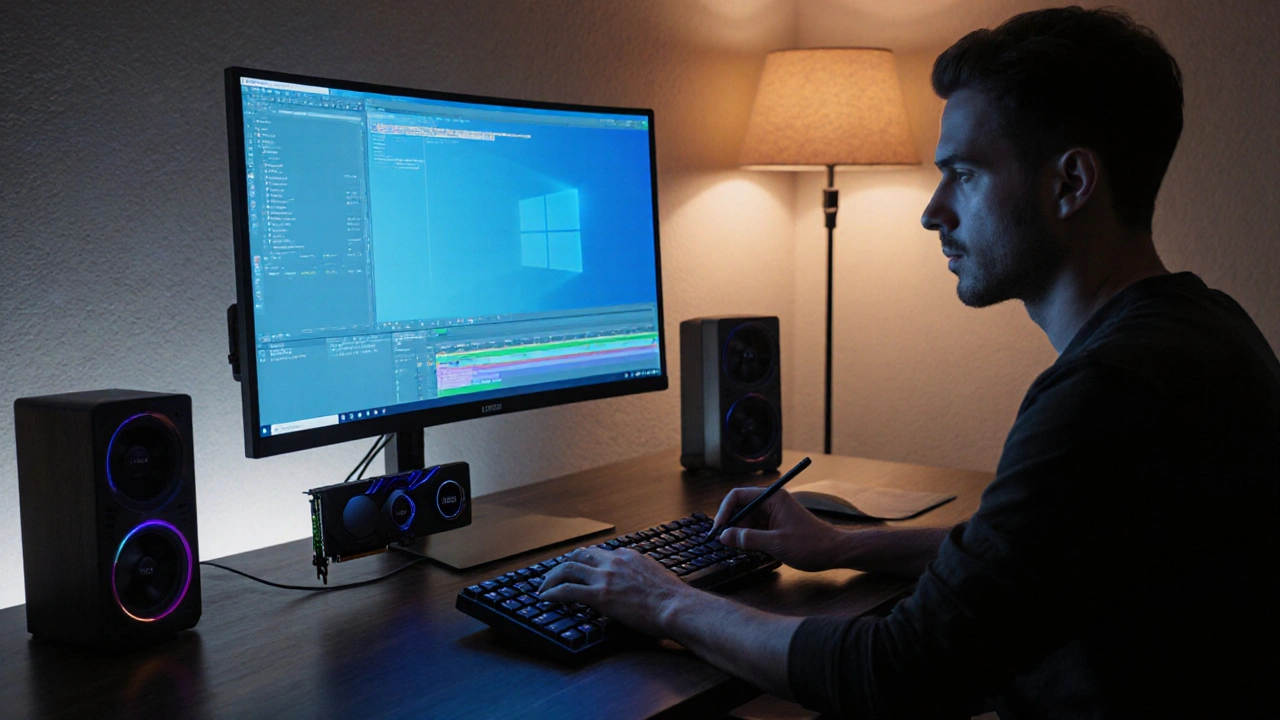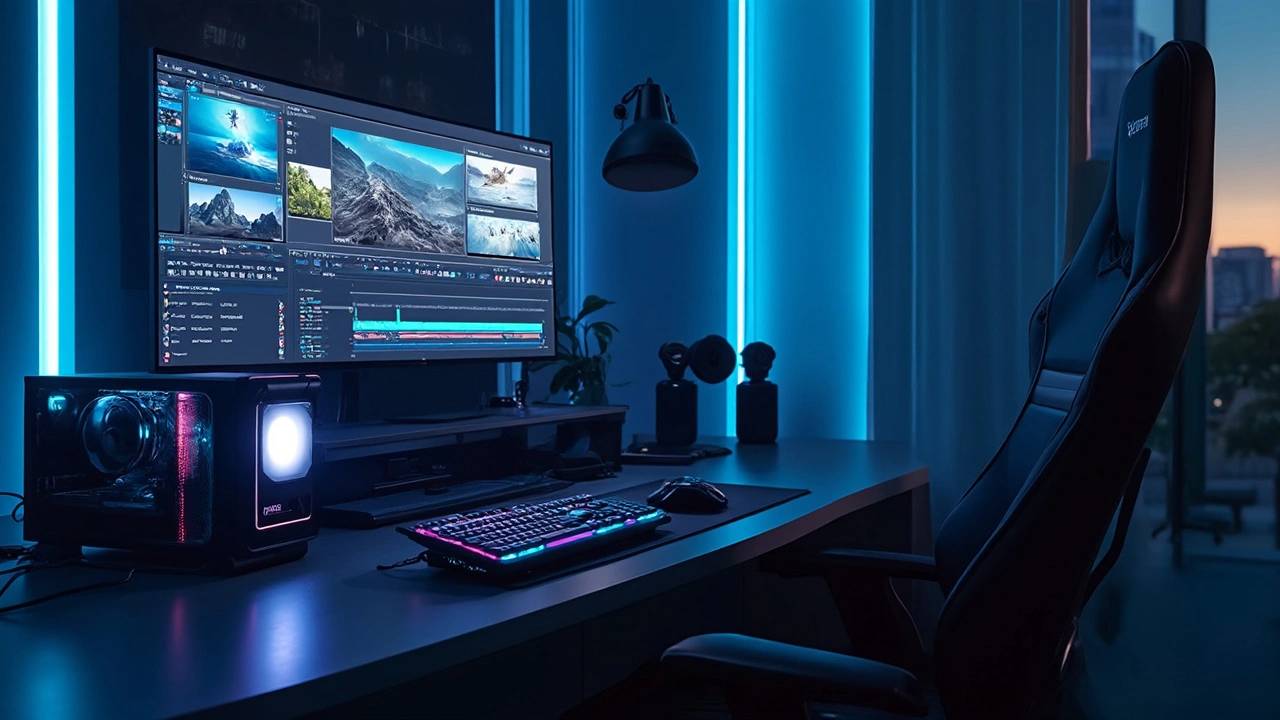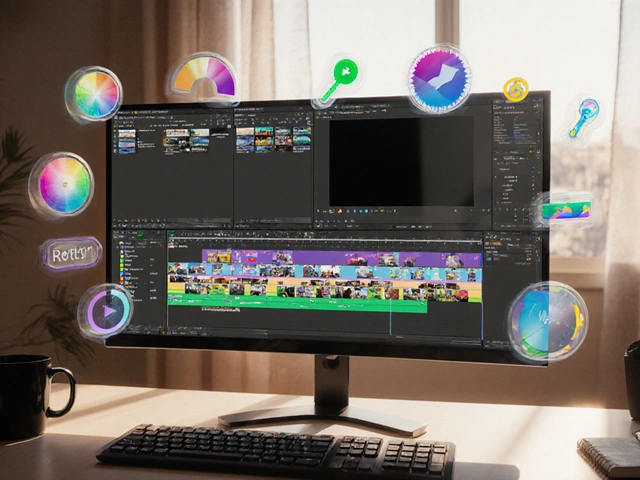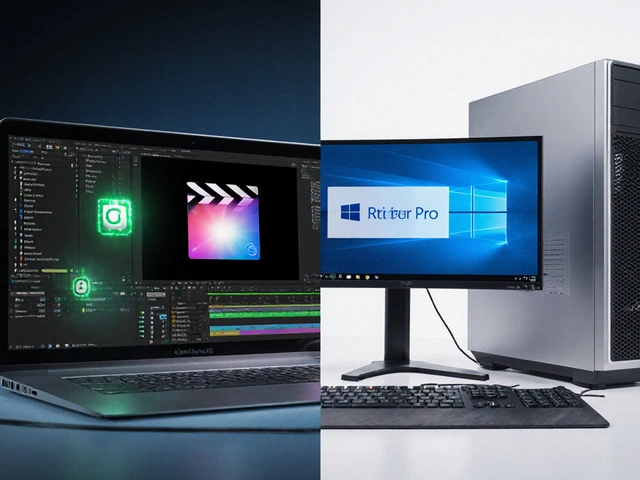Video Editing Desktops: What You Need for Smooth Editing
If you’re serious about video editing, you already know your computer plays a huge role in how smoothly your projects run. Picking the right desktop isn’t just about brand names or flashy designs—it’s about getting the right mix of components that speed up editing tasks and handle heavy files without freezing. Let’s break down what makes a video editing desktop truly powerful and how you can find one that fits your needs.
First off, the CPU is really the heart of your desktop when it comes to video editing. A strong processor with multiple cores can handle rendering and exporting faster. For example, many pros prefer Intel i7 or Ryzen 7 processors because they balance speed and efficiency well. Don’t miss out on the number of cores—more cores generally mean better multitasking and quicker video processing.
Why the GPU Matters for Editing Videos
Graphics cards aren’t just for gamers. In video editing, a solid GPU takes on a lot of the work when you’re adding effects, working on high-resolution footage, or using certain software that taps into GPU acceleration. Nvidia’s RTX series or AMD’s Radeon cards are popular choices for editors who want faster previews and smoother timelines. If your budget’s tight, even mid-range GPUs will improve performance considerably compared to integrated graphics.
Don’t Forget RAM and Storage
Having enough RAM is crucial. Think of RAM as your desktop’s short-term memory—it keeps the data your editing software uses handy for quick access. Ideally, start with at least 16GB. When you’re dealing with 4K or higher footage, more RAM (32GB or more) really helps prevent slowdowns. Storage speed also affects your workflow. SSDs (Solid State Drives) dramatically cut down loading and saving times compared to traditional hard drives, making your editing sessions way smoother. Many editors use a combo: an SSD for the operating system and active projects, and a larger HDD for backup and archives.
Trying to pick the right desktop can feel overwhelming with all the specs and options out there. Focus on a setup that balances CPU power, a strong GPU, enough RAM, and fast storage. No point in overspending on one part and skimping on others—editing depends on how well all pieces work together.
Don’t forget about future-proofing. Video editing tech moves fast, so having a desktop you can upgrade later keeps you from buying a new machine every year. Look for desktops with extra RAM slots, additional drive bays, and accessible GPU upgrade options.
Whether you’re just starting or want to upgrade your workspace, a well-chosen video editing desktop can save you hours of frustration and let you focus on what really matters—creating amazing videos.
21
Best Video Editing Hardware Setup for 2025
Discover the ideal video editing hardware setup for 2025, from CPUs and GPUs to storage and monitors, with practical tips for every budget.
17
Video Editing Desktops: Ultimate Guide to Power and Performance
Explore the essentials of video editing desktops, from choosing the right hardware components to performance optimization tips. Discover why high-performance desktops are crucial for video editing and learn about key features like CPU, GPU, and RAM. Get insights on budget-friendly options that don't compromise on power. Whether you're a beginner or pro, this guide will help you find the best desktop for your editing needs.
Latest Posts
Popular Posts
-
 Data Management: DIT, Backups, and Archival Best Practices for Video Teams
Data Management: DIT, Backups, and Archival Best Practices for Video Teams
-
 How Roommates Can Fairly Share Wi-Fi and Streaming Costs
How Roommates Can Fairly Share Wi-Fi and Streaming Costs
-
 How to Find All Your Streaming Subscriptions and Stop Overpaying
How to Find All Your Streaming Subscriptions and Stop Overpaying
-
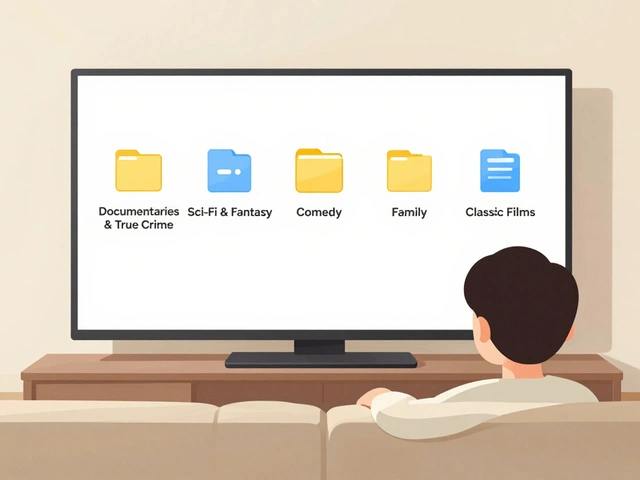 App Layout Strategies: Organize Streaming Services by Genre and Use
App Layout Strategies: Organize Streaming Services by Genre and Use
-
 Parental Controls on Free Streaming Apps: How to Keep Kids Safe Online
Parental Controls on Free Streaming Apps: How to Keep Kids Safe Online
